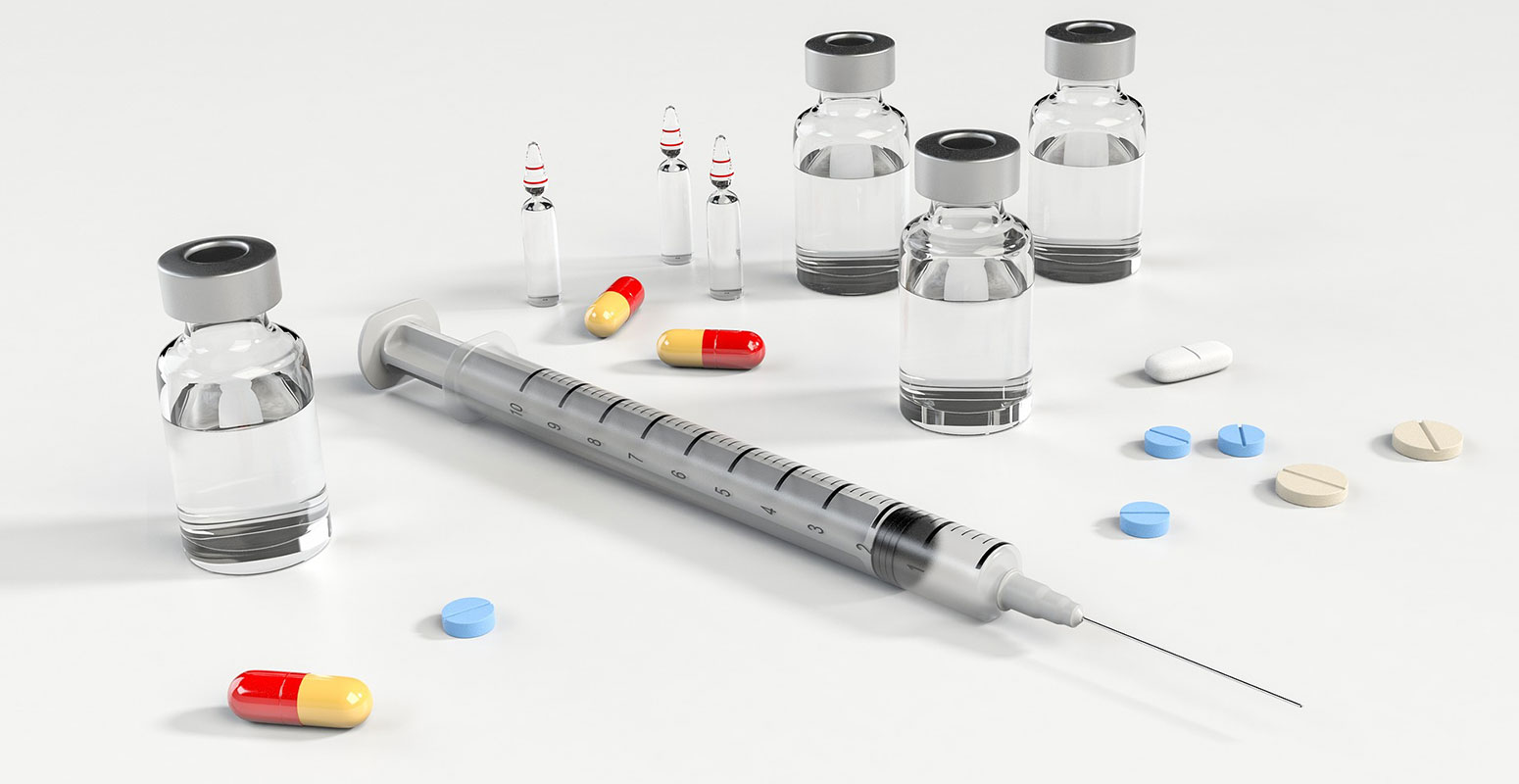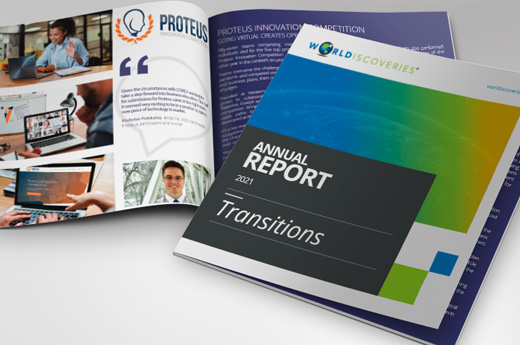Biologics and its landscape in Canada: The pharmaceutical industry is currently a multi-billion dollar industry that continues to grow each year. In Canada, biologics (or biologic drugs) make up about 14% of drug spending at a cost of $3 billion a year. With the expiration of many key patents for top-selling biologics in recent years, the interest in producing ‘generic’ biologics (or “biosimilars”) has increased. Even if you are not concerned about inventing around existing patents, it may still be useful to know how biologics are classified by the Patent Office and the fact that the existence of biosimilars in the drug market significantly lowers the cost of these relatively expensive drugs.
What is a Biologic?
In general, most drugs fall into one of two categories: Biologics is one, “small molecule” drugs is the other. Biologics are typically considered to be a class of drugs based on large protein molecules that have a therapeutic effect. However, some scientists expand the definition to include any substance composed of organic molecules, no matter how small. Regardless, many biologics are used to treat diseases and medical conditions, such as diabetes and various cancers. In contrast to small molecule drugs, which are typically taken orally, a large proportion of biologics are administered intravenously in the hospital or through self-injection.
Small molecule drugs are chemically manufactured and make up the vast majority of the drugs in the market today. In the biologics manufacturing industry, the process is the product. Biologics are typically manufactured in, extracted from or synthesized from living organisms or from genetically engineered cells. Since the living organisms that are used to produce biologics can be sensitive to very minor changes in the manufacturing process, it is paramount to ensure that the manufacturing process remains the same over time. Even if the manufacturing process remains essentially the same, there may still be slight differences between each batch of the biologic created.
When a drug patent expires, it is typically followed by the introduction of one or more off-patent equivalents into the drug market. Interestingly, whereas the term “generic drug” is used to refer to a small molecule drug which contains the same active ingredients as its brand-name counterpart, a “biosimilar” is a biologic which is only almost an identical copy of its brand-name counterpart. Since biosimilars are produced in living cells, they can never be an exact copy of the original biologic. In contrast to generic drugs, biosimilars need only have no clinically meaningful differences to their brand-name counterpart in terms of safety and effectiveness to obtain government approval.
Evidence of recent Biologic Patents issued in Canada
Unfortunately, the various publicly available patent databases do not classify whether any particular patent application describes a biologic. It can be difficult to search for biologic patents without a sufficient educational background to distinguish a biologic patent from other patents. The US Food and Drug Administration has attempted to define a “biologic” as a protein with an amino acid sequence greater than 40 amino acids in length that is not chemically synthesized. So we can use that to help with patent searches – searching for the term “amino acid sequence” and subsequently filtering the resulting patent applications for ones that fit the US Food and Drug Administration’s definition, you can find the relevant patents that describe biologics.
Based on a search conducted through the CIPO patent database, there were about 18 biologic patents issued in Canada between June 1st and June 20th, 2017. Interestingly, none of those patents were issued to companies originating in Canada and the vast majority of those patents belong to US companies. This suggests that biotechnology in the US is more advanced and their research in the field of biologics is also more developed. Just to compare the numbers, according to a report published by BCCResearch.com, the USPTO granted about 133 biologic patents from January to June, 2016.
Obtaining Market Approval in Canada and Biologics that have recently entered the Canadian Market
The number of biologic patents issued in recent years may seem like a lot, but patented drug products still need to be approved by Health Canada before they can be marketed in Canada. In short, the Patented Medicine Notice of Compliance (PMNOC) Regulations serve as the linkage between the health and safety function of Health Canada and its approval of the drug product, and the Patent Act which protects inventions. A company wishing to sell an innovative drug product must submit a new drug submission (NDS) to Health Canada. If the NDS is approved, Health Canada will grant its sponsor a notice of compliance (NOC) which grants the sponsor approval to market and sell that drug product in Canada.
According to the Health Canada Drug Product Database, between January 1st and June 20th, 2017, the following six biologic drug products entered the Canadian market.
| Drug ID Number | Product(s) | Manufacturer | Active Ingredient | Route(s) of Administration | Original Market Date |
|---|---|---|---|---|---|
| 02462990 | TECENTRIQ | Hoffmann LA Roche Ltd | Atezolizumab | Intravenous | 2017-05-02 |
| 02460521 | KEVZARA | Sanofi-Aventis Canada Inc. | Sarilumab | Subcutaneous | 2017-03-29 |
| 02460408 | FIASP | Novo Nordisk Canada Inc. | Insulin Aspart | Subcutaneous | 2017-03-03 |
| 02459779 | REPATHA | Amgen Canada Inc. | Evolocumab | Subcutaneous | 2017-04-04 |
| 02459620 | ZINBRYTA | Biogen Canada Inc. | Daclizumab Beta | Subcutaneous | 2017-03-30 |
| 02456117 | DYSPORT THERAPEUTIC | Ipsen Biopharm Ltd (UK) | AbobotulinoumtoxinA | Intramuscular | 2017-02-27 |
Furthermore, eleven biologic drug products have been granted NOC approvals by Health Canada in the same time period, but have yet to be marketed in Canada.
| Drug ID Number | Product(s) | Manufacturer | Active Ingredient | Route(s) of Administration | Approval Date |
|---|---|---|---|---|---|
| 02464616 | FIBRYNA | Octapharma Pharmazeutika Produktionsges M B H (Austria) | Firbinogen (Human) | Intravenous | 2017-06-07 |
| 02463059 | HIZENTRA | CSL Behring Canada Inc. | Immune Globulin (Human) | Subcutaneous | 2017-04-13 |
| 02462850 | ERELZI | Sandoz Canada Inc. | Etanercept | Subcutaneous | 2017-04-06 |
| 02462478 | PORTRAZZA | Eli Lilly Canada Inc. | Necitumumab | Intravenous | 2017-03-16 |
| 02461919 | ORENCIA | Bristol-Myers Squibb Canada | Abatacept | Subcutaneous | 2017-02-24 |
| 02461900 | ONCASPAR | Baxalta Canada Corporation | Pegaspargase | Intramuscular, Intravenous | 2017-02-24 |
| 02461528 | BASAGLAR | Eli Lilly Canada Inc. | Insulin Glargine | Subcutaneous | 2017-02-10 |
| 02460351 | ILARIS | Novartis Pharmaceuticals Canada Inc. | Cankinumab | Subcutaneous | 2017-01-06 |
| 02459612 | BAT | Emergent Biosolutions Canada Inc. | Botulinum Antitoxin Serotype A to G | Intravenous | 2017-05-09 |
| 02445646 | FLUZONE HIGH-DOSE | Sanofi Pasteur Limited | Haemagglutinin-Strain A to B | Intramuscular | 2017-02-10 |
| 02420635 | FLUZONE QUADRIVALENT | Sanofi Pasteur Limited | Haemagglutinin-Strain A to B | Intramuscular | 2017-02-10 |
Even though most of the owners of biologic patents in Canada are foreign companies, most of the manufacturers of the eventual drug products are Canadian companies. This suggests that foreign companies tend to either license the right to manufacture to a third-party Canadian manufacturer, or to their Canadian subsidiary.
Over the last 15 years, biologics have increased significantly as a part of the global drug market, from 10% to 29% of sales. However, a number of important patents are set to expire on leading biologics over the next couple years and so we anticipate that biosimilars, as the off-patent biologics, will be increasingly embraced going forwards.


